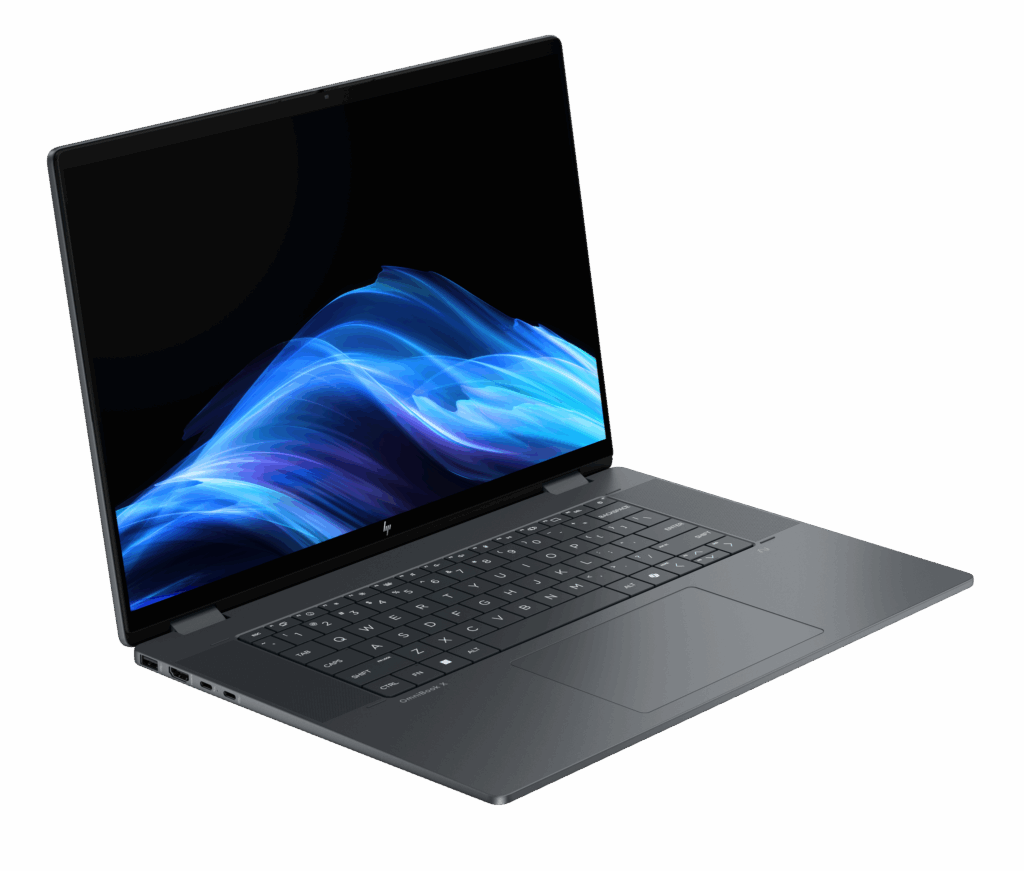While interest in Siggraph as an event has declined over the years, the advent of generative AI and the near-term potential arrival of AGI (Artificial General Intelligence) should cause a significant resurgence. This is because AI dramatically changes how people interface with computers by moving from mice and keyboards to natural language and gaining a significant focus on images.
Those elements should make two sessions at Siggraph 2024 incredibly interesting. The first of these on July 29, 2024 at 2:30 Mountain Time is a fireside chat with NVIDIA’s CEO Jensen Huang and Lauren Goode, one of the most impressive senior writers that Wired employs. The second session on the same day at 4PM Mountain Time will feature Huang again but this time with Mark Zuckerberg, the founder of Facebook and the current champion of VR gaming. Between the two of them, Huang with Omniverse (a VR simulation offering) and Zuckerberg’s impressive Meta Quest gaming effort represent the cutting edge of VR development.
Let’s talk about Siggraph 2024 this week.
Innovation Zone
While I’ll be watching the above sessions remotely, if you are lucky enough to attend in person, one of the most interesting areas to visit is the Innovation Zone that’s sponsored by NVIDIA. NVIDIA has long been an aggressive promoter of startups that use their technology, and this Innovation Zone will feature 18 of the companies that show the greatest promise. Below are a few that jumped out at me.
- Bria.ai: This company promotes Open and responsible generative AI content creation, a critical part of this advancing technology. This is because generative AI has had issues with intellectual property that has been used to train these platforms without the permission of the content owners, resulting in avoidable litigation. And the ethics surrounding the development of AI have also been in question, making a company focused on building AI right incredibly timely.
- Embodied: Embodied has created an animated companion for children to help them develop social skills. Children who are home schooled for a variety of reasons ranging from parental preference to mental and physical disabilities don’t develop good social skills. Embodied has created a tool to bridge that social development gap that is fun and interesting for children to use and helps them develop social skills that will serve them well later in life. It’s a critical tool and an excellent use of AI.
- Field AI: With the advent of ever more powerful robots, these automated machines are having to work alongside their far less robust human coworkers. Field AI tools help train robots to deal with the kind of unstructured settings normally defined by mixed human robotic work environments and reduce the time and cost of spinning up a complex robotic solution in an unstructured setting.
- Helm: Generative AI is increasingly used to create, and one of the areas in which it has been most successful creating in is visual media. Helm’s solution effectively enhances the creation of video content with impressive quality and with a significant improvement over more traditional tools and artists. Tools like Helm will be crucial to finding a future where video creation can be done by more people and where the resulting visual content is created better, faster and cheaper than ever before.
- HTC and UneeQ: One of the major anticipated improvements to video games are AI-driven NPCs. These NPCs will present and interact as if they are people but, assuming controls are in place, without the tendency to abuse or harm other players. Both HTC and UneeQ are on the forefront of creating these engaging new virtual worlds that are highly populated by AI-driven virtual humans.
- Looking Glass (this was at last year’s show as well): Video conferencing has largely been a failure when you consider why we first brought this technology to market last century. It was intended to eliminate the need for travel, but the limitations of the 2D format prevented this outside of the pandemic years where it worked adequately. Looking Glass has created some very compelling 3D monitors that can help you better interact with virtual objects, removing one more reason to have to get on a plane and travel to a meeting.
- Reply: For those of us who travel a lot, there are risks going to new places with different rules and different risks we don’t yet know or understand. Reply has created a virtual travel assistant that can help guide your travels effectively and safely. Taking those life-threatening trips can become a thing of the past so you can go back to enjoying your vacations without worrying that you are putting yourself at unnecessary risk.
Wrapping Up
From the critical Fireside Chat between Jensen Huang and Wired’s Lauren Goode, and the later team of Huang and Zuckerberg, to the showcase of cutting-edge new AI companies, Siggraph has a lot to offer this year both physically and virtually. As I mentioned, I’ll be attending this show virtually, but those who find a way to attend in person will undoubtedly make great contacts and see amazing new AI technologies that will serve them well as we continue to navigate the 4th Industrial Revolution.
- The HP OmniBook X Flip 2-in-1 16-Inch: Your New Digital Swiss Army Knife (Now in Glorious Atmospheric Blue) - June 25, 2025
- The Open AI Avalanche: Why AMD’s Collaborative Spirit Is Outmaneuvering NVIDIA’s Empire - June 22, 2025
- Lenovo Embraces OpenBMC: A Step Towards Greater Transparency and Control in the Data Center - June 17, 2025




Comments are closed.